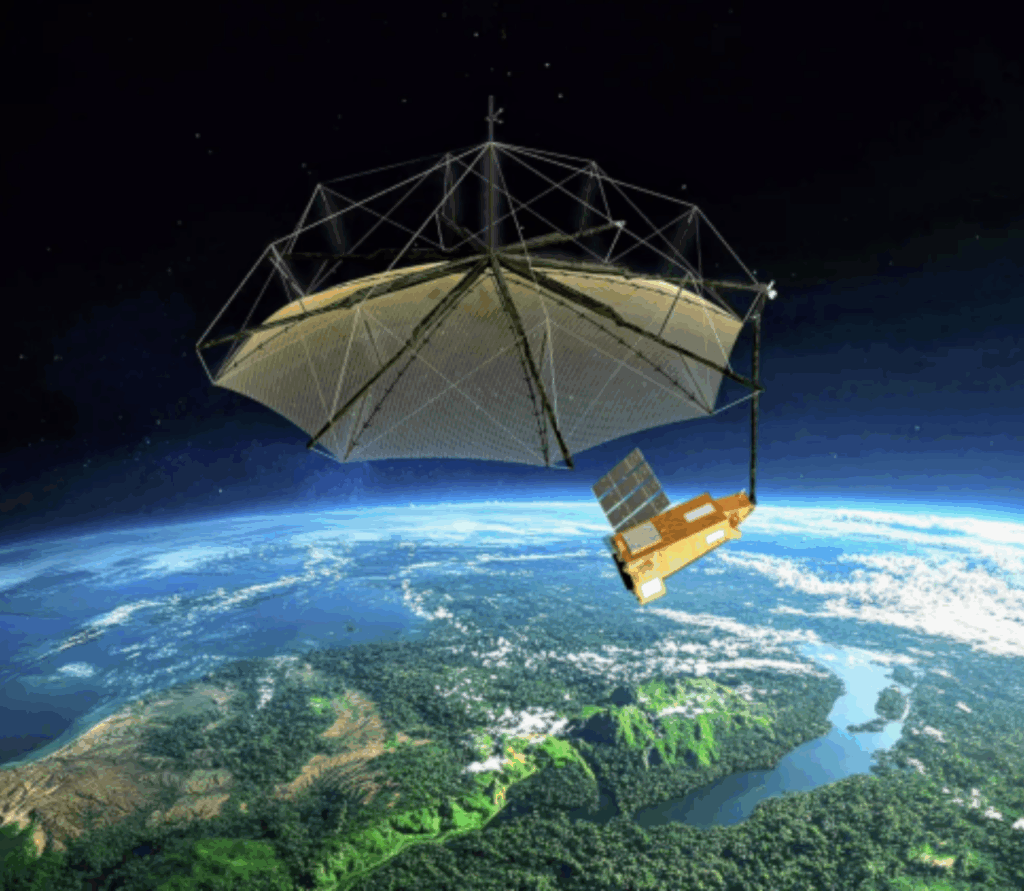On April 29th, the launch of new biomass satellites marked a significant advancement in understanding how forests influence our climate. The updated dataset, part of the European Space Agency’s Climate Change Initiative, offers a comprehensive view of carbon stored in trees over nearly two decades and improves upon previous estimations, particularly in carbon-rich areas.
Developed by scientists, including those at the University of Abelistis, the dataset integrates data from various satellite missions, including Envisat and NASA’s Icesat. It is designed to assist in climate modeling and support forest management efforts under the Paris Agreement.
The dataset corrects earlier underestimations of forest biomass, addressing challenges in measuring dense forests, particularly those exceeding 400 tons per hectare. New algorithms enhance data reliability, as noted by contributors like Richard Droukas and Maurizio Santoro. Despite these advancements, challenges remain, particularly in accurately assessing carbon dynamics in vegetation.
The ESA’s new biomass satellites, equipped with unique P-band radar, aim to improve carbon estimates in dense tree canopies, especially in regions like the Amazon. With ongoing improvements and new data, researchers are on a promising path to better understand and manage forest carbon storage.
Source link


